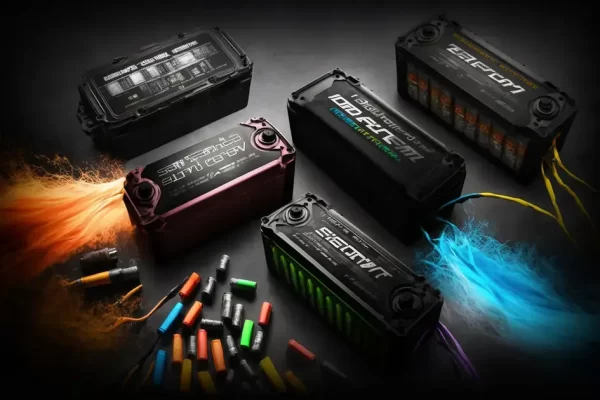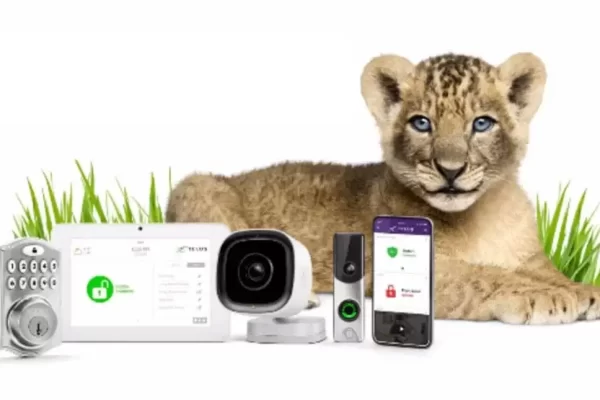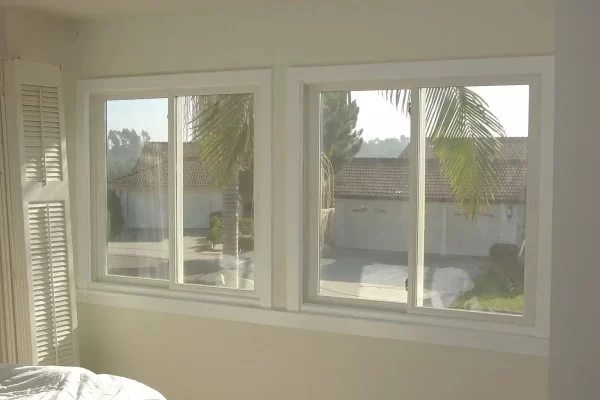
Why You Need a Watch Winder: 3 Key Reasons
Introduction to watch winders For watch enthusiasts, an automatic timepiece is more than just a…

Introduction to watch winders For watch enthusiasts, an automatic timepiece is more than just a tool for telling time. It’s a symbol of craftsmanship, precision, and style. Yet, owning these beautiful watches comes with its own set of responsibilities. One essential accessory that every automatic watch owner should consider is a watch winder. If you’ve…

Introduction: The importance of door lock systems When it comes to home security, the door lock is your first line of defense. It’s not just a piece of metal; it’s a crucial element that safeguards your loved ones and valuables. With advancements in technology, choosing the right door lock system has become more complex yet…

Are you ready to power up your hobby? Whether you’re racing drones, flying RC planes, or using electric vehicles, LiPo batteries are essential for high performance. However, the key to unlocking their full potential lies in choosing the right charger. A good charger not only ensures safety but also maximizes battery life and efficiency. But…

Introduction to luxury watches Luxury watches are more than just tools for telling time; they are symbols of status, craftsmanship, and timeless elegance. The world of luxury horology is filled with intricate designs, rich histories, and remarkable innovations that captivate collectors and enthusiasts alike. Investing in a quality timepiece not only enhances your personal style…

Introduction to Home Security and the Importance of Door Locks Home security is a topic that weighs heavily on many homeowners’ minds. After all, feeling safe in your own space is crucial. One of the most effective ways to secure your home starts right at the entry points—your doors and locks. Choosing the right door…

Introduction to Battery Types Batteries power the world around us, from our everyday gadgets to specialized equipment. With so many options available, understanding battery types is crucial for making informed choices. Whether you’re looking for reliable energy sources for household devices or powerful solutions for electric vehicles, knowing which battery type suits your needs can…

Introduction to tote bags and their popularity in the fashion world Tote bags have become a staple in the fashion world, effortlessly blending practicality with style. Whether you’re heading to work, running errands, or enjoying a weekend getaway, these versatile bags are designed to carry it all. Their popularity as designer totes has surged in recent…

When it comes to home security, windows often take a backseat in the conversation. Yet, they play a crucial role in protecting your space. One of the best ways to enhance window safety is by investing in a quality window with lock. But not all locks are created equal. The right features can make a…

Introduction to the importance of reliable lighting Reliable lighting can make a world of difference in our daily lives. Whether you’re reading your favorite book, navigating through a power outage, or enjoying an outdoor gathering after sunset, having the right lamp and battery combination ensures you’re never left in the dark. Choosing the best lampe…

Introduction When it comes to fashion, few items hold the power and prestige of a luxury bag. These exquisite pieces are more than just accessories; they are statements of style, symbols of status, and savvy investments. As trends come and go, the allure of investing in quality bags remains timeless. Whether you’re looking to elevate…